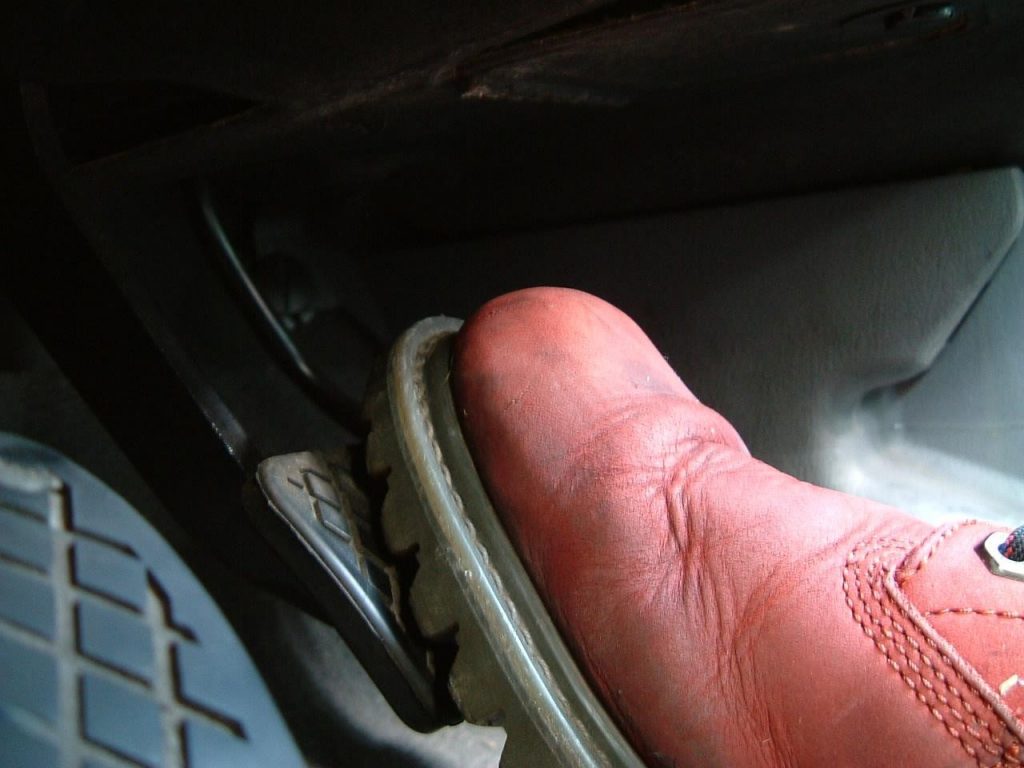InTrans / Aug 01, 2017
Autonomy meets the automobile
Go! Magazine
 posted on August 1, 2017
posted on August 1, 2017
Transportation technology has changed a lot over the years, but there’s something special about the 21st century—the Age of Technology—that is driving transportation into the future. By 2020, there’s supposed to be some big updates in store for transportation, which includes further advancements in autonomous technology.
There are pros and cons, sure, but one thing is for certain: Autonomous technology could drastically improve overall driver safety. Come with us as we look under the hood at a few up-and-coming autonomous car features.
Autonomous vehicles
It’s forecasted that cars won’t have the capacity for full autonomy for at least another five years or so, but we’re not talking about cars right now.

Self-driving trucks, specifically something like a semi-truck, are good candidates for autonomous vehicle technology, as they travel mostly by interstate. Some say there’s a better argument for self-driving trucks than for autonomous cars, and it makes sense economically. Autonomous trucks could coordinate over long stretches of highway, reducing wind drag and ultimately save money while improving efficiency.
Driver override systems
With driver override systems, your vehicle can actively “disregard” other commands to make the right decision for a situation. By 2020, cars will apply the brakes even if there is pressure applied to the gas pedal. Before you begin to think it sounds scary and futuristic, let’s talk about what these systems actually do during an emergency.

The purpose of systems like this is to protect drivers when their vehicle malfunctions. In the situation that a car won’t respond to a pressed brake pedal (i.e., a runaway car), a brake override system steps in and gives the brake pedal precedence even if both pedals are pressed simultaneously. Also called “smart pedals,” these systems are wired as software in a vehicle’s on-board computer and process and determine “typical driving behavior.” From there, the car’s central computer has a variety of techniques to then safely slow down and halt the vehicle.
Active health monitoring
The idea here is that a seatbelt or steering wheel can do more than it could do before by tracking critical information about driver health. For example, with this type of technology your vehicle could flag a potential derailing situation, take control, pull over the car, and contact the nearest medical facility. This once futuristic technology is forecasted to become a part of everyday life and is expected to have a huge impact on driver safety.

The Ford Motor Company—headquartered in Dearborn, Michigan—seems to be ahead of the game on this one. Ford’s active health monitoring concept was announced in 2013 and installed in several cars in the mid-2010s. It could keep track of the driver’s heart rate (via ECG monitors in the seats) with the ability to instantly raise an alarm if the driver’s heartbeat spiked or was otherwise abnormal or hazardous. The system could also have the ability to monitor a passenger’s blood glucose and sugar levels, though it would require additional devices.
Technology like these could make long-distance travel an easier reality for diabetic patients and provide emergency services for life’s unforeseen circumstances while on the road. The concept isn’t in mainstream vehicle production yet, but many believe that it could start saving lives for real in the near future.
References
www.forbes.com/sites/kbrauer/2015/01/19/top-10-advanced-car-technologies-by-2020/#229a87486705
auto.howstuffworks.com/car-driving-safety/safety-regulatory-devices/brake-override-systems.htm
www.brandchannel.com/2015/05/06/ford-health-050615/
By Hannah Postlethwait, Go! Staff Writer